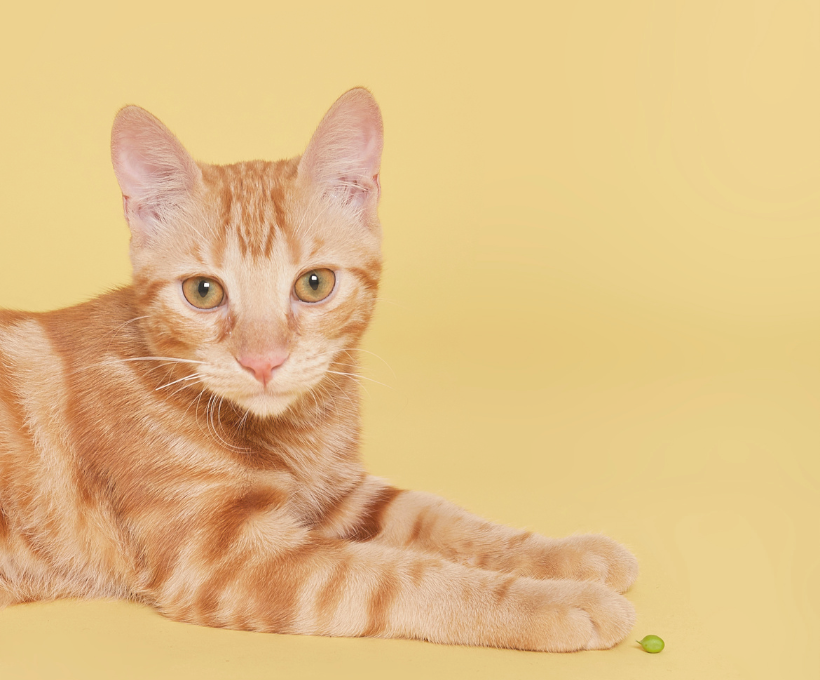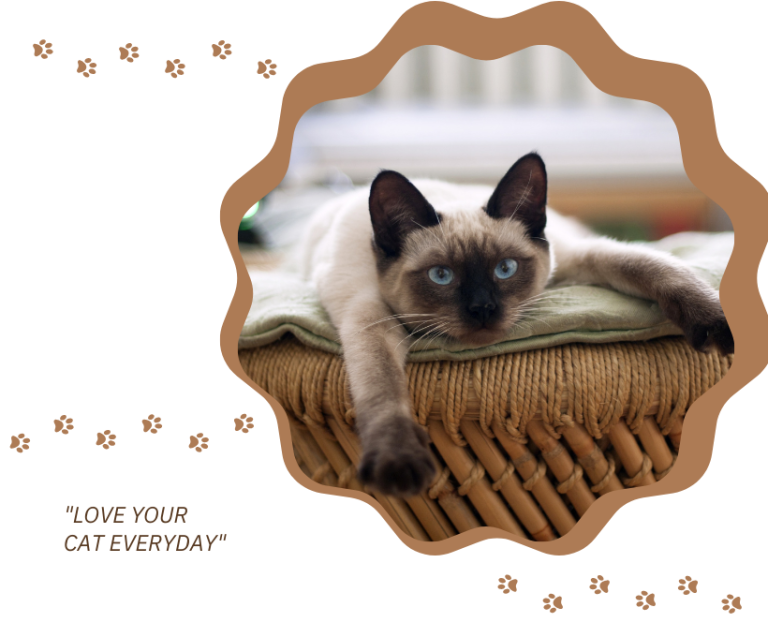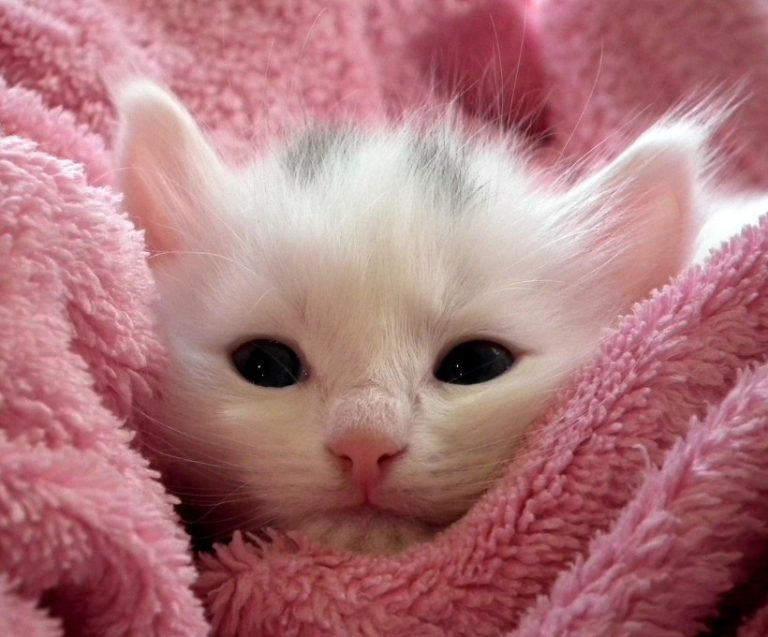As a cat owner, ensuring your feline friend maintains a healthy lifestyle is crucial, especially if they have been diagnosed with diabetes. Managing diabetic cats involves more than just insulin injections; diet plays a pivotal role in regulating blood sugar levels. By focusing on high-protein and low-carbohydrate food options, you can help your cat lead a healthier life.
Understanding Diabetes in Cats
Diabetes in cats occurs when their bodies cannot effectively use insulin, leading to elevated blood sugar levels. Obesity is a significant risk factor for diabetes, making it essential to monitor your cat’s weight and diet closely. A proper diet can help manage your cat’s condition, reduce symptoms, and improve overall well-being.
Key Dietary Considerations
1. High-Protein Diet
Cats are obligate carnivores, meaning they require a diet rich in animal protein. High-protein foods can help stabilize blood sugar levels and promote weight loss in overweight cats. Look for foods that contain at least 40% protein derived from quality sources like chicken, turkey, or fish.
- Benefits: Protein helps to maintain muscle mass and provides energy without causing spikes in blood sugar.
- Recommended Foods: Consider brands that offer high-protein wet food options or high-quality dry kibble designed for diabetic cats.
2. Low-Carbohydrate Options
Carbohydrates can lead to spikes in blood sugar, so it’s essential to choose low-carb foods. Ideally, the carbohydrate content in your cat’s diet should be below 10-15%.
- Benefits: A low-carb diet can help regulate insulin sensitivity and promote better overall health.
- Recommended Foods: Look for canned foods with minimal fillers and grains. Many brands now offer diabetic-specific formulas that cater to this need.
3. Avoiding Sugars and Fillers
It’s crucial to avoid foods that contain added sugars or high amounts of fillers such as corn, wheat, and soy. These ingredients can contribute to weight gain and worsen diabetic symptoms.
- Ingredients to Avoid: Look out for ingredients like corn syrup, maltodextrin, and other sweeteners that can elevate blood glucose levels.
Recommended Feeding Practices
1. Meal Frequency
Instead of free-feeding your cat, establish a routine with scheduled meal times. This helps regulate their blood sugar levels more effectively. Dividing their daily food intake into smaller, more frequent meals can prevent spikes in glucose.
2. Hydration
Ensure your cat has access to fresh water at all times. Proper hydration is essential for overall health and helps the kidneys flush out excess sugar.
- Tip: Consider providing wet food as a part of their diet, as it contains more moisture than dry kibble.
3. Monitoring Weight
Regularly monitor your cat’s weight and adjust their food intake as necessary. If your cat is overweight, gradual weight loss can improve insulin sensitivity and overall health.
Consulting with Your Veterinarian
Before making significant changes to your cat’s diet, it’s essential to consult your veterinarian. They can provide tailored recommendations based on your cat’s specific health needs and monitor their progress. Some cats may require specialized diets, and your vet can help you identify the best options.
Conclusion
Feeding a diabetic cat involves careful selection of high-protein, low-carbohydrate foods while avoiding sugars and fillers. By following these dietary guidelines, you can help your feline friend manage their condition effectively and improve their quality of life. Remember, every cat is unique, and working closely with your veterinarian will ensure the best outcomes for your furry companion.
By prioritizing your cat’s nutrition, you can make a significant difference in their health and happiness. A well-balanced diet is key to managing diabetes, and with the right approach, your cat can lead a fulfilling and vibrant life.





